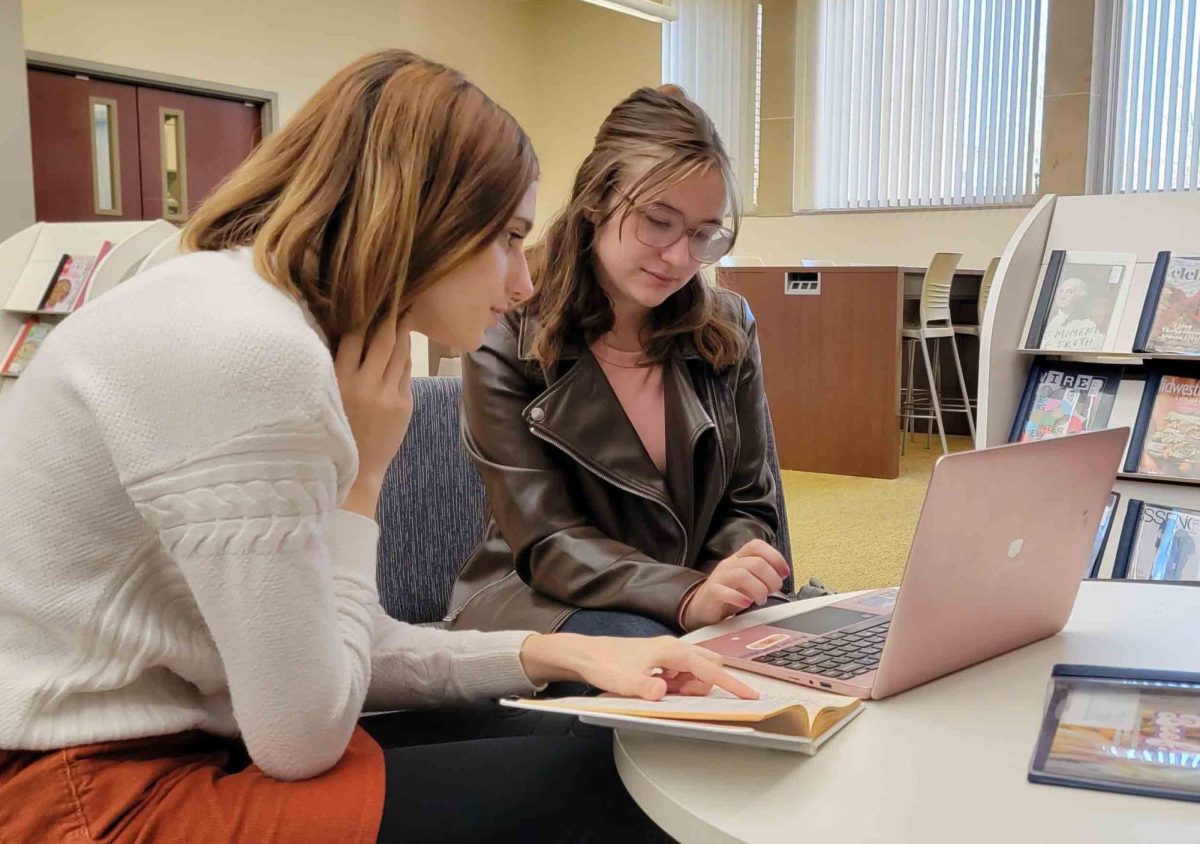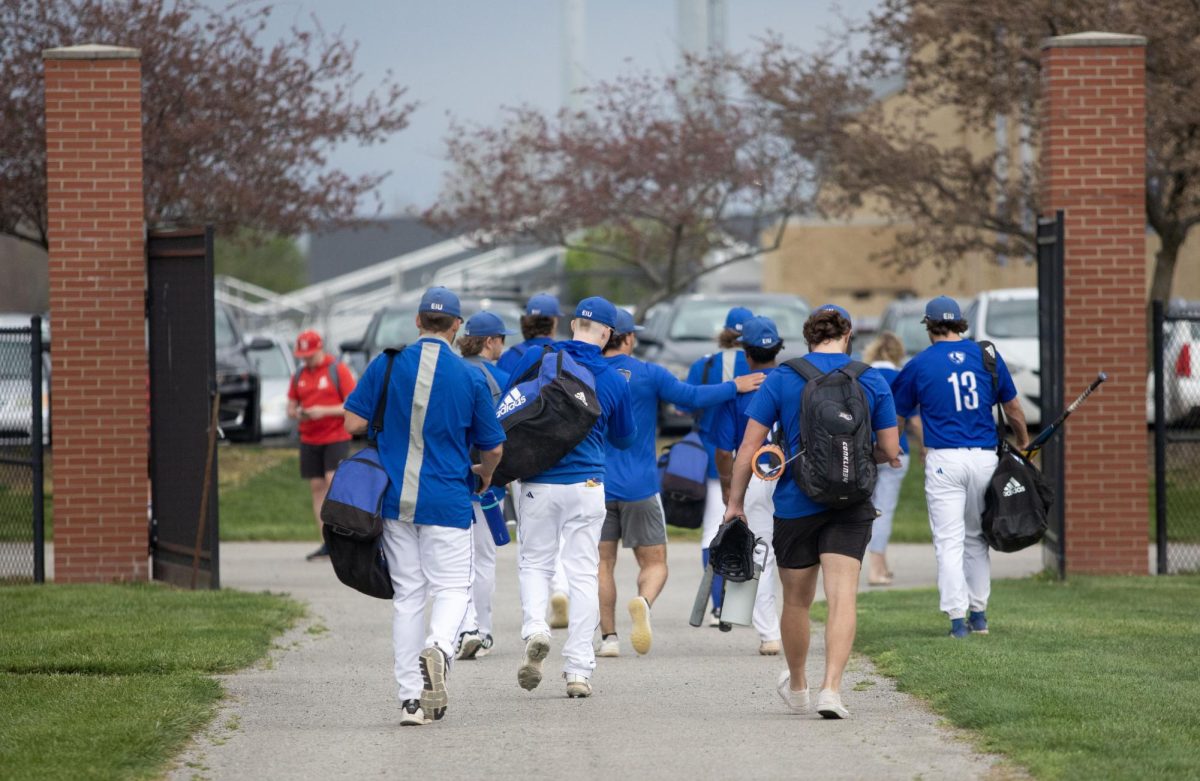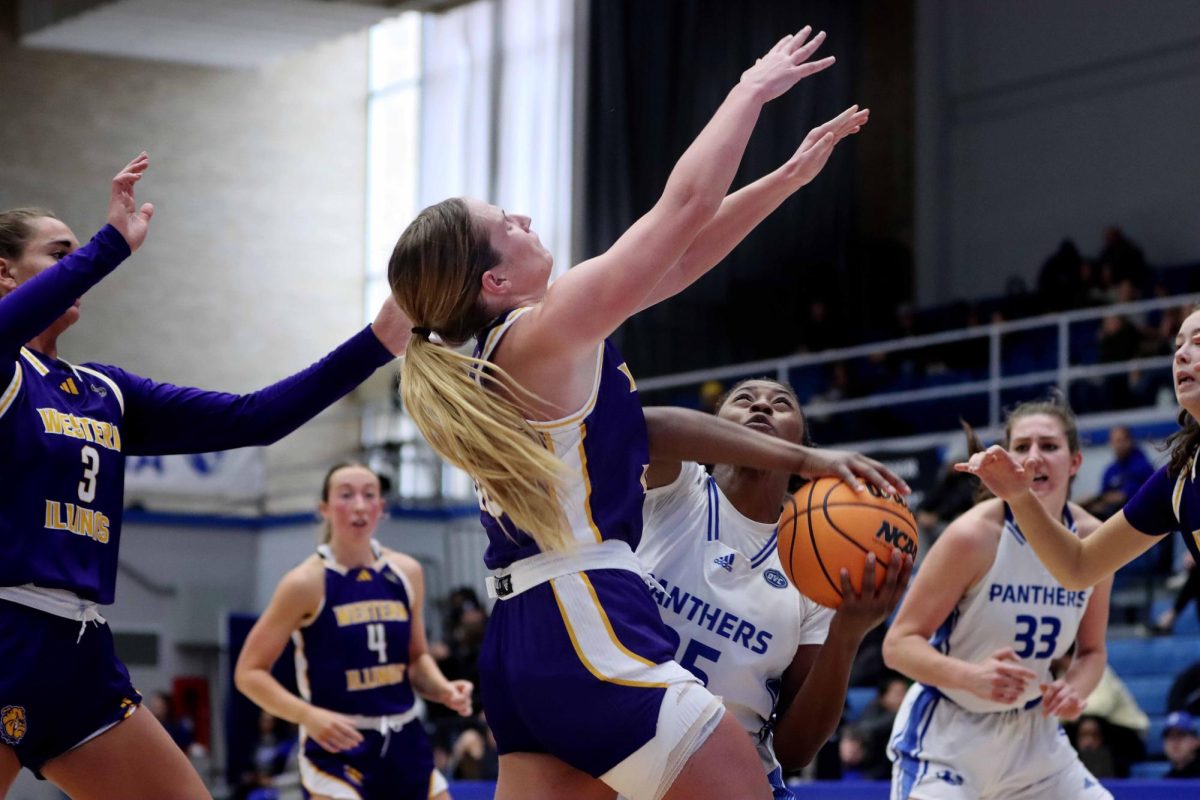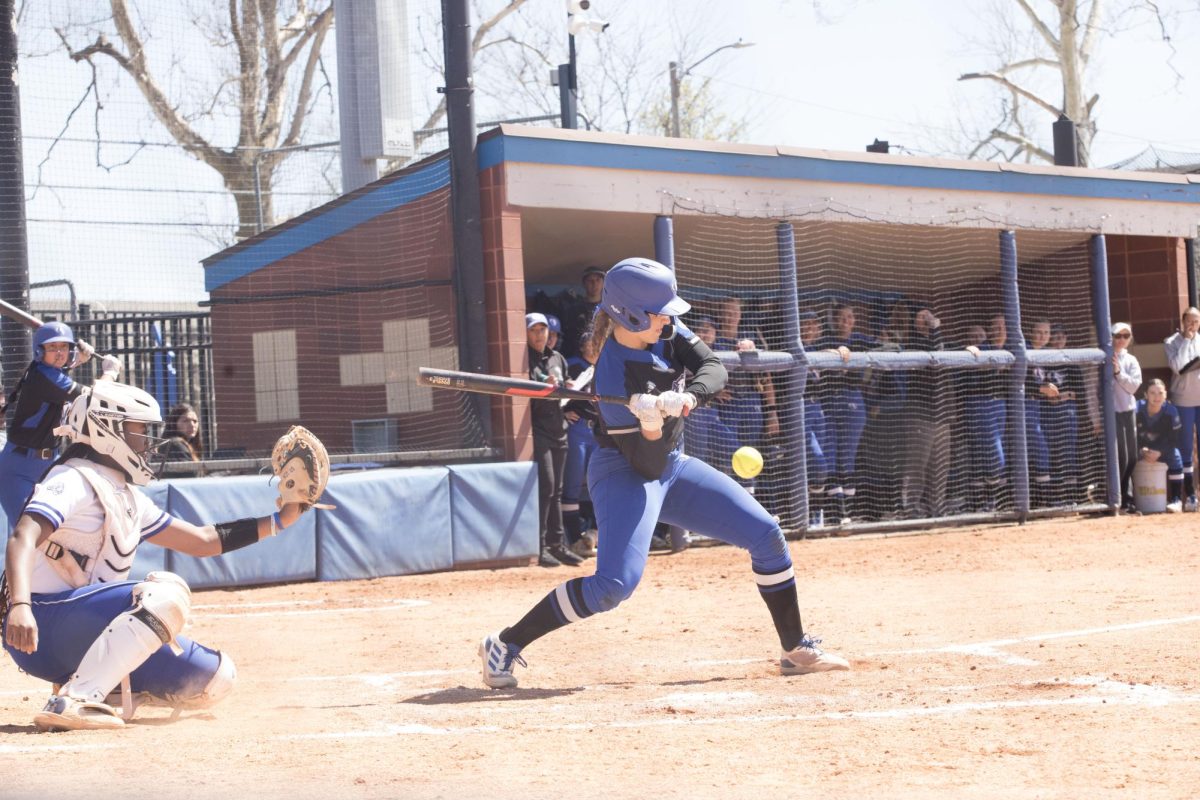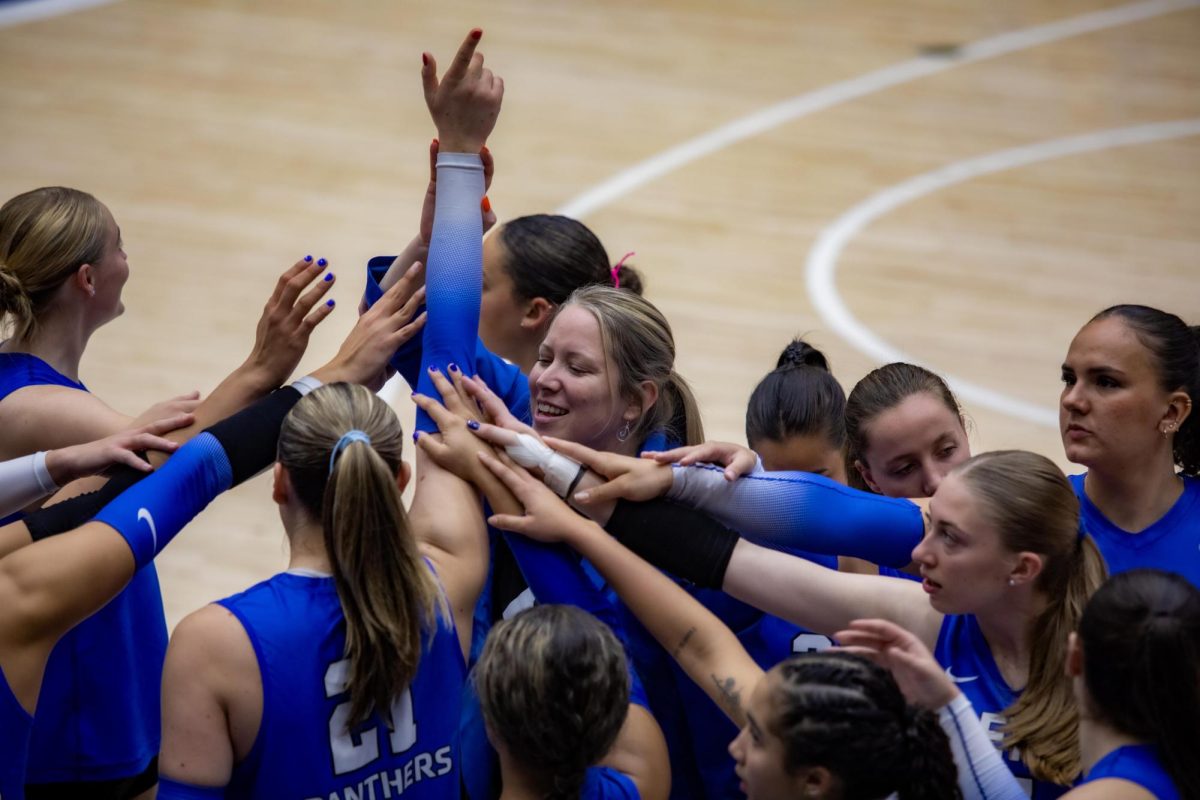Pair of films to show importance of corn
The films “King Corn” and “Big River” will be making a splash in student’s cornflakes Wednesday.
Chris Laingen, a geology-geography professor, organized the showing after looking for films that would be relevant to his agriculture classes.
He found “King Corn” and “Big River,” two documentaries by Ian Cheney and Curt Ellis, who graduated from Yale in 2002 and wanted to find out why corn was in so many of the items they consumed.
“It’s got a lot of.the history of agriculture in the U.S.,” Laingen said.
In “King Corn,” the pair plants an acre of corn to understand the process.
While the documentary was filmed in Iowa, it is important here because Illinois grows approximately 15 percent of the nation’s corn annually.
As the film progresses, Cheney and Ellis learn about the benefits and negative aspects of corn.
“Big River,” the first film, is a companion film that follows Cheney and Ellis as they go down the Mississippi river to the Gulf of Mexico to see how the corn they planted impacts the environment.
“In “Big River” and “King Corn” it’s sort of that, how does the environment come back and impact us like a two way street,” Laingen said.
Director Aaron Woolf will be at the showing to answer questions after the showings.
“Its got the themes of how corn, in the case of the movies, became part of what we eat here in America,” Laingen said. “Bits and pieces of it are scattered all over everywhere.”
Illinois has continued a tradition of cash crops in its agriculture rather than substance farming.
“Illinois for the most part has been produce as much as you can produce to try to make as much money as you can,” Laingen said.
Because the chemicals sprayed on crops are absorbed into the ground, some enter waterways causing environmental damage.
Cheney and Ellis explore this in “Big River” when they go to a toxic portion of the Gulf of Mexico.
The films focus is on the environmental effects of agriculture, but do not lay blame on farmers.
“By and large farmers are great stewards of the land cause if they’re not their bottom line gets compromised,” Laingen said.
Laingen explained that corn and its byproducts are inexpensive and rarely are used for food.
He said that a third of corn grown in America is used as livestock feed, and a growing portion is used to make bio-fuels.
In the end Laingen said that conservative farming methods can help solve the problem without hurting production.
Conservations practices in framing will definitely help reduction erosion, reducing runoff into streams and lakes and the flow of the water cycle,” Laingen said.
In the end, Laingen said it comes down to the American public as consumers to help change the status quo of growing corn and soy beans.
“Right now the American public by what we buy in the grocery stores is dictating that we need to grow more corn,” Laingen said.
The films will be shown in Phipps Auditorium in the Physical Science Building, “Big River,” from 3 to 4 p.m. and “King Corn” from 5 to 7 p.m. Admission is free.
James Roedl can be reached at 581-7942 or jmroedl@eiu.edu.

